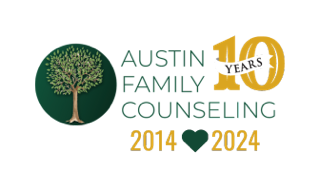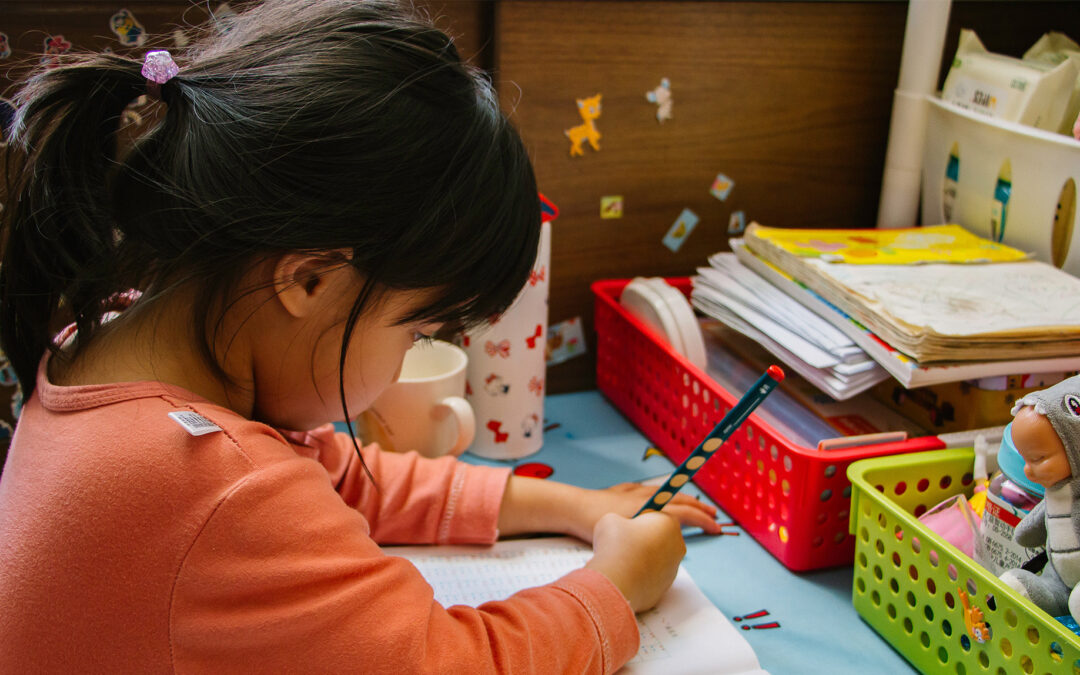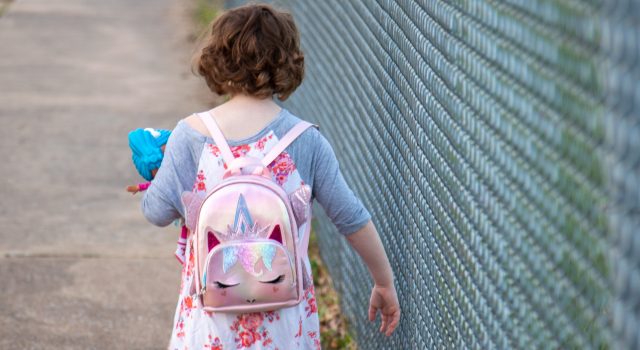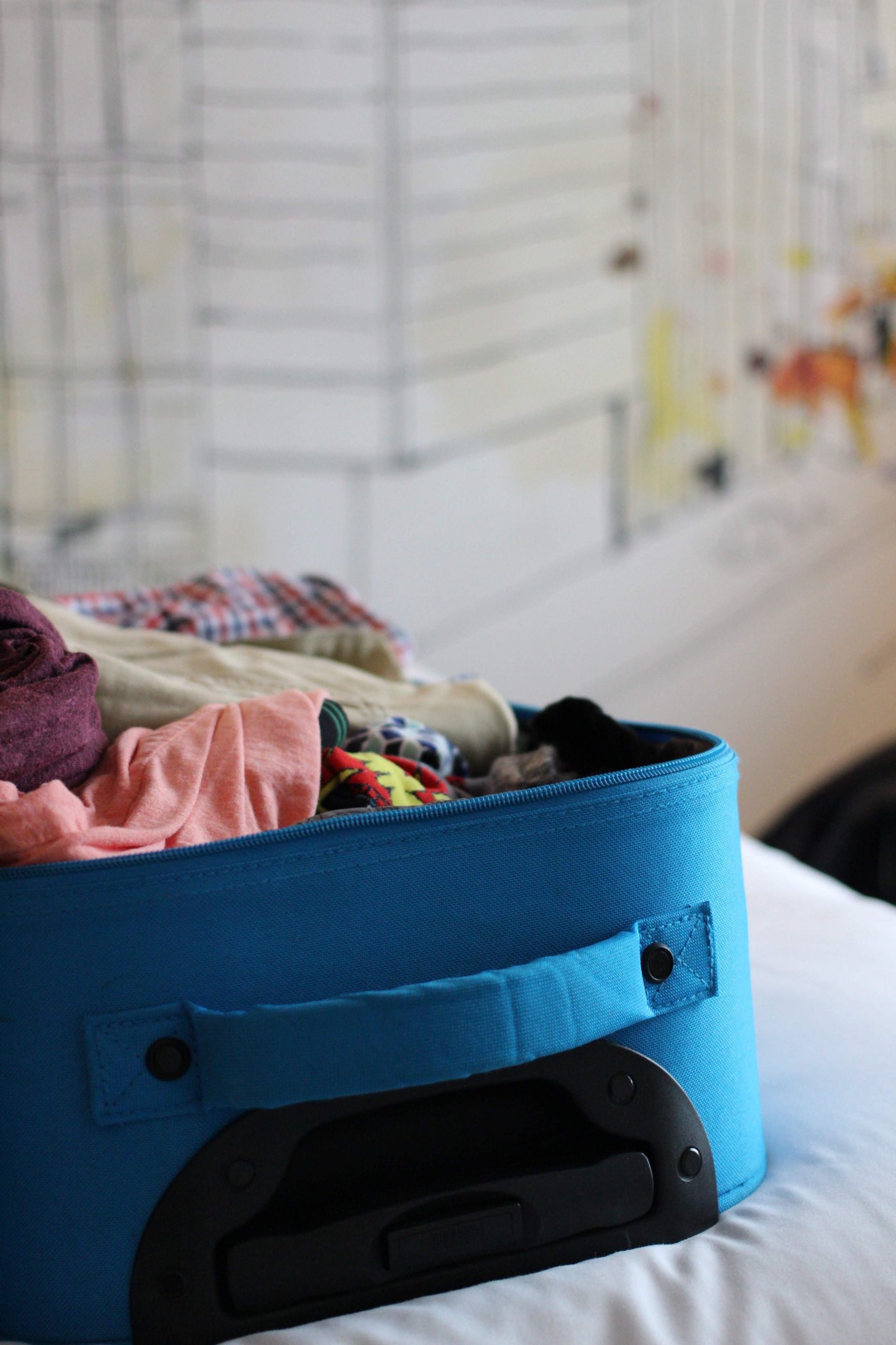Do your kiddos ever sit you down on the couch and explain to you what they are feeling and why? Well, usually not. You see, adult brains are fully developed and are able to talk and share what’s going on in their lives. Children, on the other hand, are still building their brain and don’t have all of the words to be able to express themselves. However, children can connect, process, and express themselves through play. Garry Landreth, the Founder of Child-Centered Play Therapy, shares, “Toys are children’s words and play is their language”.
What is Play Therapy? What does Non-Directive Mean?
Let’s start with the definition of play therapy, which means children, usually ages 3-12, using toys and art to express themselves and process what they need. That’s right, this counseling room is filled with toys and art supplies. These items serve as a child’s way of expressing what an adult would share with their words. Non-directive allows the client to lead the sessions, meaning getting to play freely without the counselor directing activities or questions. Counselors who use this theory believe the client is the expert in their own lives and will bring into session what they need that day. It can be harmful to force clients to process before they are ready, ultimately delaying progress.
What Happens in Non-Directive Play Therapy?
Play therapy takes the form of what the child needs it to be in that session. Play therapy could involve the child playing with toys to act out a fight they just had or using art supplies and the sandtray to regulate themselves. Play therapy could also be connecting with the counselor in an activity together, that the child came up with on their own, to build trust and self esteem. The counselor is there to support the child and assist with processing, regulation, and limit setting. If the child invites the counselor into their play, then the counselor will continue to follow the child’s lead. Allowing the client to take the lead enables them to build self-esteem and confidence.
Who Could Benefit from Non-Directive Play Therapy?
Really any child could benefit from play therapy! Play therapy has proven success with children from pre-k to middle school. It is a safe space for them to process and express themselves with someone who isn’t a family member or friend. It establishes a personal relationship that is free from any connection to their outside world. Play therapy can be used with anxiety, depression, emotional dysregulation, anger outbursts, life transitions, divorce, low self esteem, social skill issues, school behavior problems, grief and so much more.
How Does Non-Directive Play Therapy Work?
First of all, play therapy takes lots of time and is thought of as a journey. It is extremely important for the child to come to weekly sessions to create safety, trust, and consistency. Sometimes things can get worse at home before they get better, which is normal since a child is having big feelings that they are not used to expressing.
The counselor will meet with the child one-on-one, so they are fully able to process what they need without their parent present. The very first step is building trust and rapport with the counselor. Without that, how could anyone process what’s going on in their lives? The counselor will observe and be fully present with the child in a calming space, track the child’s play, and reflect feelings. The counselor will also set limits as needed to provide safety for the child, counselor, and room. The counselor will label positive characteristics and strengths they notice in the child as well.
Is There Parent Involvement?
Yes, and this is so important, you and the counselor are on a team now. The counselor is only with the child once a week for 45-50 minutes, while you, the parent, are with your child the majority of the time. The counselor will first set up an initial intake session with the parent to hear all concerns and goals for the child before even meeting with the child. The counselor will then set up separate sessions, usually every 4-8 sessions, to discuss play themes they are seeing in the session, to hear how the kiddo is doing at home, and to provide parenting support while teaching skills to use at home.
It will be so challenging to not know what is going on in session right away, and it is common for it to take at least 10 sessions before safety and trust is built with your child. It is quite valuable for parents to recognize that when their child begins their journey through therapy, the parent does too. With that comes the task of parents being patient and understanding that their child’s progress is fully maximized when the parent changes alongside with them.












